
A Guide to Understanding Proof of Income for Self-Employed Individuals
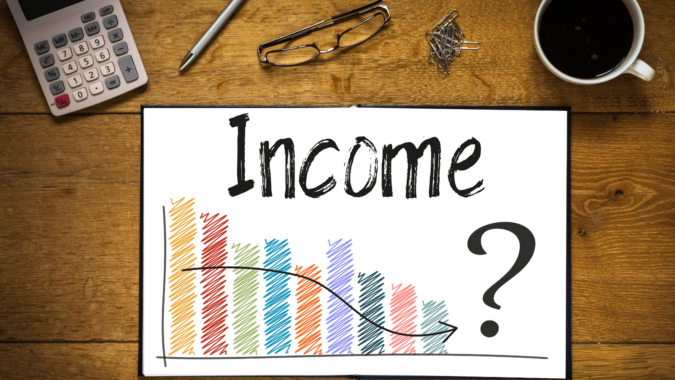
For self-employed individuals, understanding their proof of income is essential to running their business. Whether part of the gig economy or a freelancer, proof of income documents allow lenders and other interested parties to make an informed decision about your financial situation. In this blog post, you’ll find detailed guidance on accurately creating. You should also present proof of income statements showing your consistent earnings as a self-employed individual.
Establishing Self Employment Income Proof
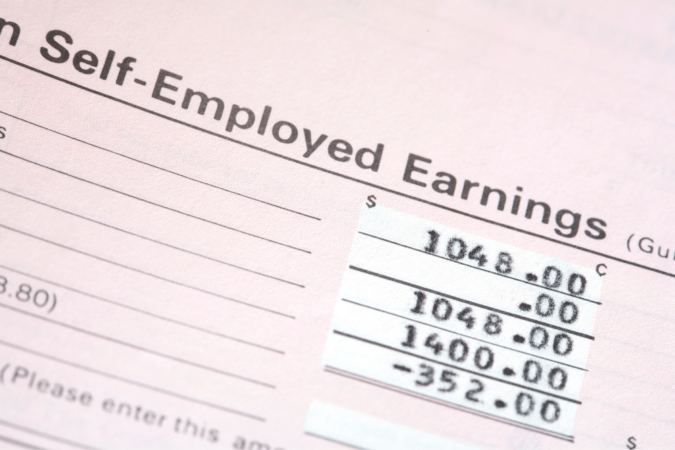
For self-employed individuals, proof of income is critical to securing a loan, applying for an apartment or house, purchasing insurance, and more. But what exactly is proof of income? And why is it so vital that you have it? Let’s take a closer look.
What Is Proof of Income?
Proof of self-employed income is any documentation that verifies your ability to pay your bills on time. It can include tax documents such as:
- W2s or 1099s
- Bank statements
- Pay stubs
- Investment account statements and,
- If you are self-employed, records of your sales and expenses.
The idea behind proof of income is to show lenders and other entities that you have the financial means to make payments promptly without relying on credit.
Why Is Proof Of Income Important?
Proof of income is necessary because it helps lenders determine whether they should extend credit to you. If you are applying for a loan and cannot provide sufficient proof of income, the lender may view this as a risk factor. The lender may think there’s too much risk to lend money to you with no tangible evidence of your ability to repay. So, they may deny the loan application altogether.
Having solid proof shows the lender that they can trust you with their money and makes them more likely to approve the loan. Another reason proof of income is necessary is that many landlords will require it before renting out an apartment or house. This helps them determine if you can afford the monthly rent payments and shows that you can keep up with your payments in the future.
In addition, some employers may require employees to provide proof of their earnings before hiring them. They may need to set their net pay rate based on experience level and skillset. Finally, some insurance companies may require proof of income before issuing a policy. It gives them an idea about how much coverage they should offer based on your ability (or inability) to pay monthly premiums.
Different Types of Proof of Income For Self-employed
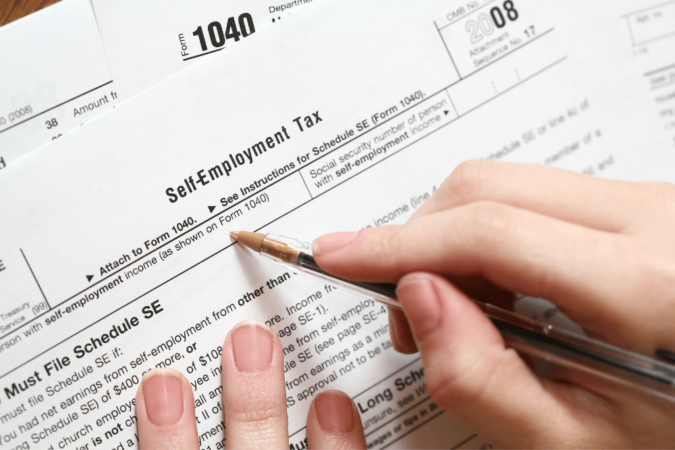
Self-employed people may need proof of income to qualify for a loan, open a business bank account, or apply for government benefits. Depending on the type of application you are submitting, you may need to provide original documents as proof of income. Below are the most common forms of evidence that an independent contractor can provide in his annual tax returns.
1. Business Tax Returns
Self-employed people must file and submit a business tax return to the government annually. This provides an accurate record of their income and expenses. It’s an essential proof of payment.
2. Bank Statements
Bank statements can be used as proof of income for independent contractors. These provide an accurate overview of a person’s finances and can be used as evidence of steady income from business activities.
3. Profit and Loss Statements
A profit and loss statement is similar to an income tax return. It details the income and expenses of a self-employed individual or business. Lenders often require this proof when applying for a loan or other type of financing.
4. Invoices and Receipts
Self-employed individuals need to prove that they have earned income from their business activities, and invoices and receipts are one way to do this. Keep them on file for at least three years.
5. Contract Agreements
Contract agreements are essential for any business transaction and can also be used as proof of income for self-employed people. They accurately record the services performed and how much money was exchanged.
6. 1099 Forms
A 1099 form is an official document that documents the money paid to a self-employed person by another business or organization. This document can be used as proof of income and should be kept on file for at least three years.
7. Client References
Self-employed individuals can also provide client references as proof of income. These references should include contact information and a detailed service description. You may find out how much the client paid.
8. Other Supporting Documentation
Other types of supporting documentation may be used as proof of income, such as receipts for business expenses, canceled checks, or client invoices.
9. Wage and Tax Statement
A wage and tax statement is a document filed with the Internal Revenue Service that provides an accurate record of wages earned by self-employed individuals. This form can be used as proof of income when applying for loans or other financing.
10. Business Licenses
A business license is another important document that needs to be kept up to date and can be used as proof of income for self-employed individuals. This license provides evidence of a business’s legitimate operation and can help prove that money is being earned from it.
11. Financial Reports
Self-employed individuals should keep track of their finances and generate financial reports at least once a year. These documents provide an accurate accounting of income, expenses, assets, and liabilities, and they can be used to prove income for self-employment purposes.
12. Credit Card Statements
Credit card statements are proof for self-employed individuals, as they provide an accurate record of income from business activities. Keep them on file for at least three years.
13. Asset Statements
Self-employed individuals may also need to provide asset statements showing the value of their assets, such as property and equipment. These documents can provide evidence of a steady income stream from business activities.
14. IRS Tax Returns
The Internal Revenue Service requires all self-employed individuals to file an annual tax return, which provides an official record of their self-employed income and expenses. This form can be used as proof of income for many purposes.
15. Social Security Statements
Social security statements are another important form of proof for self-employed individuals. The statement provides an accurate earnings record and can be used as evidence when applying for loans or other financing.
How to Show Proof of Income as a Self-employed Person?
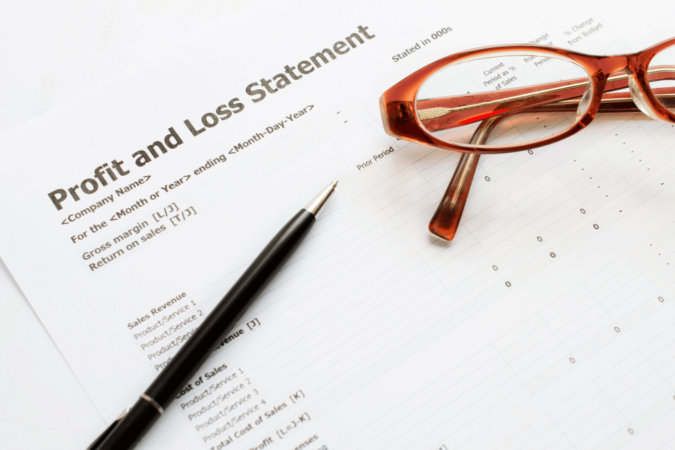
Being self-employed has its benefits, but it can make it more challenging to prove your income when applying for a loan or making a purchase. Fortunately, there are several ways that you can show proof of income as a self-employed person. Here are five tips on how to get started.
1. Use Your Tax Returns
Many businesses will require proof of income when applying for a loan or other financial service. One of the most common ways to do this is by providing copies of your tax returns from the past two years. This shows lenders and other organizations that you have been consistently filing taxes as self-employed, thus verifying your income.
2. Gather Up Bank Statements
Bank statements are another way to verify your income as a self-employed person. Lenders will often ask for at least three months’ statements to understand your recent spending activity and how much money is coming each month. Additionally, if you have any investments or other sources of income (e.g., rental properties), these should also be included in your bank statement submissions.
3. Maintain Documents From the Client’s
If you provide services to clients, you must keep records of all payments received over the year. This could include invoices, payment stubs, emails, etc., all organized in one place and easily accessible when needed. Not only will this help verify your income when necessary–it’s also essential for tracking expenses and filing taxes accurately throughout the year!
4. Have Financial Statements Prepared
If you’re looking for more comprehensive evidence of your income, having financial statements prepared by an accountant might be the way to go. These documents provide an overview of all sources of revenue (e.g., investments) along with expenses incurred throughout the year–making it easy for lenders and other organizations to verify precisely how much money is coming in each month from various sources without having to dig through multiple documents themselves! Preparing these statements beforehand makes applying for loans and other financial services faster and easier!
5. Get Letters Of Reference From Clients
Sometimes banks and other institutions may ask for additional evidence that you’re earning a consistent income as a self-employed individual–and letters of reference from past clients can be just what they need! Requesting such letters from former customers shows lenders that you have indeed provided services for money over time–and that others have been satisfied enough with those services to recommend them highly!
Proving your income as a self-employed person doesn’t have to be complicated. There are plenty of ways to do so effectively! By utilizing one or more methods listed above–including gathering up statements and tax returns, maintaining client documents, getting letters of reference from satisfied customers, or even hiring an accountant to prepare financial statements–you should have no trouble proving income when necessary!
What To Do If You Can’t Provide Proof of Income?
Being self-employed can come with unique challenges, especially when verifying your income. Many lenders, landlords, and other entities may require proof of payment from self-employed individuals before approving any loan or rental application. But what happens if you can’t provide proof of income? Let’s take a look at the options available to self-employed individuals who are in this situation.
Get Creatively Documented
If you cannot provide formal verification of your income due to your status as a freelancer or small business owner, you may be able to get “creatively documented.” This is best done by gathering documents that show how much money you bring in regularly without providing exact numbers. Examples of documents that might be accepted include statements showing regular deposits, Profit & Loss (P&L) statements for the past year, and tax returns for the past two years.
Ask for an Alternative Option
Sometimes, lenders and landlords may accept alternative forms of proof of income that don’t require exact figures. These could include character references from clients or employers who can attest to your reliable income stream, letters from accountants or other financial advisors who can vouch for you, and copies of invoices or contracts showing payments received for services provided in the past. The key here is to ask politely and explain why formal verification isn’t possible because of your status as a self-employed person.
Find a Co-Signer
If all else fails, another option may find someone willing to co-sign the loan or rental agreement with you. Their proof of income can be used instead when sufficient trust between both parties is involved. The co-signer is confident they will not have to assume responsibility for any payments if the original borrower defaults on them. It’s also essential that both parties understand the implications and risks associated with co-signing before agreeing to do so.
Verifying income as a self-employed person can be difficult, but it’s not impossible! By getting creative with documentation, asking if alternative forms of proof are acceptable, and potentially finding someone willing to co-sign an agreement with you, it’s possible to prove your ability to make regular payments even without access to exact figures about your income stream. While these solutions won’t work in every situation, they’re worth exploring if you cannot provide definitive proof of income due to being self-employed!
Common Myths About Proof of Income for Self-Employed Individuals
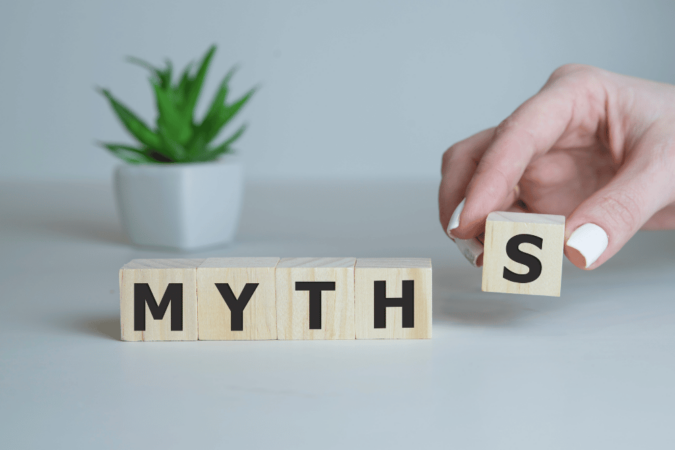
Many self-employed individuals struggle to provide proof of income and are often met with several myths and misunderstandings. Let’s debunk four common myths about proof of payment for self-employed individuals. Whether you’re an entrepreneur, freelancer, or contractor, it’s essential to understand how proof of income works so that you can accurately document your finances.
1. You Must Have a Tax Return to Prove Your Income
This statement is one of the most common misconceptions about providing proof of income. Tax returns are an essential source for providing evidence of your earnings. They’re not the only way. Other documents, such as bank statements, client invoices, contracts, and more, can be used as evidence when submitting proof of income.
Besides these documents, you can use specific methods to calculate your monthly average income, like averaging the total amount earned over several months or taking a snapshot at a single point in time for more consistent calculations.
2. You Can’t Use Bank Statements As Proof Of Income
Fortunately, this isn’t true! Bank statements are a great option if you don’t have access to other forms of documentation, such as invoices or contracts. In addition, bank statements provide insight into your financial activity. They show how much money they have deposited into your account over time. They are perfect for providing proof of income. Remember to ensure all deposits match what you expect based on your original contracts or invoices. So there aren’t any discrepancies between what you claim and what they show on bank statements.
3. You Need To Provide A Year’s Worth Of Financial Records To Prove Your Income
No matter what type of document(s) you submit as part of your proof-of-income package, the general rule is not to go beyond six months’ worth. This helps reduce paperwork and keeps the process straightforward and efficient for both parties involved—you and whoever you’re submitting proof to (e.g., potential lender). Of course, some situations may call for additional documentation, but if not specified otherwise by whomever you’re submitting it, six months should do just fine!
4. Providing Proof Of Income Is Impossible For The Self Employed
This is not true! It may take extra effort since the self-employed must typically document their records rather than relying on someone else (e.g., an employer). Still, it’s certainly possible—and even encouraged—to provide verifiable evidence that proves their earnings. As previously mentioned, bank statements are a great way to do this. They provide insight into deposits made into an account and withdrawals taken out over any period. So, lenders need proof-of-income documentation to verify accuracy quickly and easily.
Providing accurate documentation about your financial history can be challenging as a self-employed person. It’s necessary if you want to secure financing or receive other benefits associated with having verifiable sources of income like loans or mortgages from lenders etc. Understanding these four common myths about providing proof-of-income documentation as a self-employed person will help simplify the process. It helps to eliminate confusion around expectations. So whatever documents you submit can be approved immediately!
Bottom Line
Being self-employed has a lot of advantages, but it also comes with its challenges – one of which is providing proof of income. Thankfully, this blog post provided some insightful tips on establishing and showing proof of income as a self-employed person. However, if you’re still overwhelmed or have additional questions, check out our other blogs for more information.





